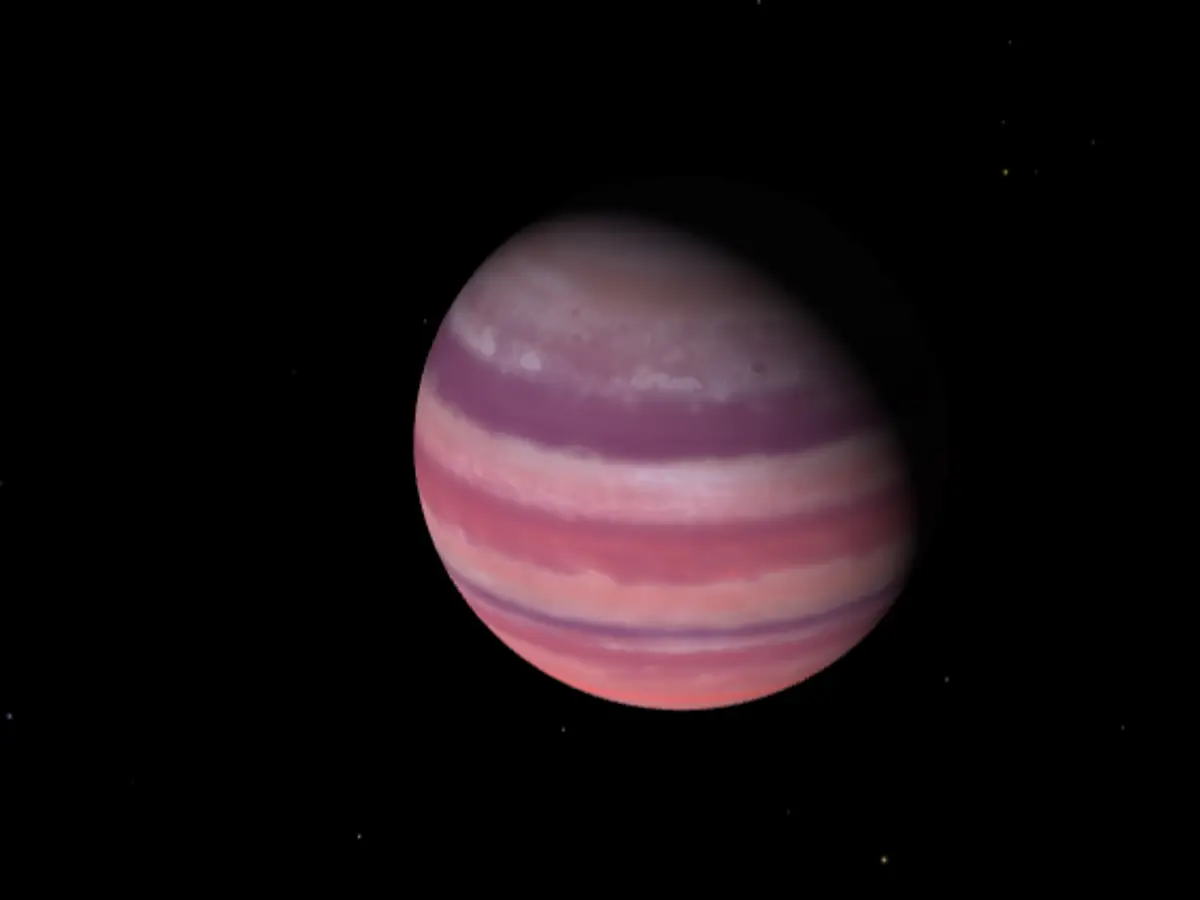A hidden exoplanet named Kepler-139f was discovered by the NASA scientists in the Kepler-139 star system. The uncovered exoplanet is a massive “super-Earth,” roughly twice the mass of Neptune and significantly larger than Earth. These exoplanets existed for millions of years but were discovered by the NASA scientists in 2025 despite being enormous and having a strong gravitational pull.
Kepler-139f is roughly twice as heavy as Neptune and is estimated to be 36 times the mass of Earth. This exoplanet takes around 355 Earth days to complete one orbit around a ‘G-type star,’ which is a parent star similar to our Sun, according to a report by Space.com
Meanwhile, Kepler-139 f, also known as ‘Super-Earth,’ remained unnoticed for so long despite having a strong gravitational pull because of its orbital alignment. It was discovered by NASA’s Kepler Space Telescope using the transit method, which detects tiny dips in a star’s brightness as planets pass in front of it.
However, the view of the Kepler was limited to a narrow field of vision, as planets revolving outside this “line of sight” are not visible until they are affected by nearby bodies in measurable ways.
How are exoplanets discovered?
The primary identification of a world by Kepler was frequently witnessed by observations from the ground. Using radial velocity (RV), astronomers could measure how much a planet tugged on its star, which allows them to determine the mass of the planet. Surprisingly, these measurements could also reveal new worlds, as they helped in the discovery of the outermost gas giant known as Kepler-139e.
Meanwhile, every planet in the universe is attracted to other planets in the system, along with the star, regardless of whether it can be seen from Earth. These pulls might affect a planet’s transits, which creates “transit timing variations” (TTVs), which can reveal worlds that don’t cross the star.
“When you observe TTVs that cannot be attributed to the known planets, you can be fairly confident that there is an unseen body in the system,” Caleb Lammers, a researcher from Princeton University and co-author of the study, explained.
Lammers and his colleague Joshua Winn, a participating scientist on the Kepler team and co-author of the study, looked for gaps in known systems. Later, the Kepler team used both RV and TTV measurements to search for a missing world and revisited existing TTVs based on the 2023 discovery of Kepler-139e.
